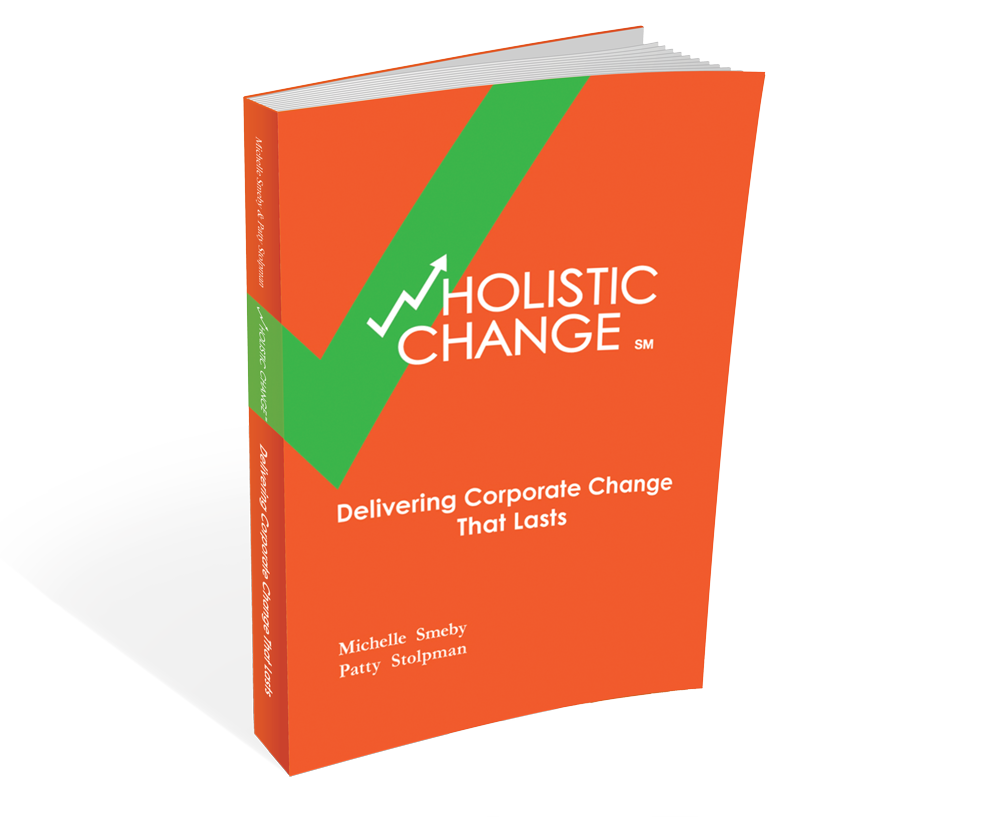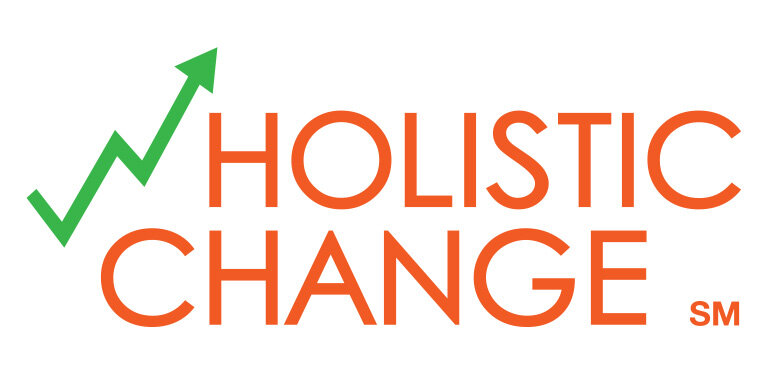Patty has mentioned that as a change agent and consultant, at the end of her phase of implementing the change, she moves on to her next assignment.As your change nears the point of becoming operational, what are the key components that need to be included in the transition plan from the change team to the operational Owner who will continue to run the business going forward?
- Has the Owner been extensively trained on the change?
- In the event that your training and development plan includes certifications, the Owner will need to be well enough versed (if not fully certified) to ensure he/she understands how the changed business runs from a people, process, technology, and services perspective.
- Does the Owner understand which components of the change are negotiable (and which, if any, are not negotiable)?
- Change takes time. The Owner will continue to encounter resistance until the organization has completely adopted the change (which can take years).
- If a key component of your case for change included specific deliverables, the Owner needs to be made aware of these as well as the rationale for why they are immutable (or if not, why not).
- Does the Owner understand her/his role in the wHolistic Framework? And, does the Owner understand the other Owners with whom he/she needs to remain aligned going forward?
- A key component of maintaining the change (and continuing the change momentum) is ensuring the execution of the change continues. This includes the end to end governance of the change's impacts to upstream and downstream owners, as well as the deeper governance of the specific change within the Owner's purview.
- If the Owner has not yet been introduced to the other players, now is the time to schedule individual meetings to begin to establish the relationships. Starting topics should include
- Who the key stakeholders are from each vertical and horizontal span of control.
- How each owner views the success of the initiative.
- What each Owner will need from each other to make this happen.
- Any "gotchas" that each other should be aware of, and
- The preferred mechanism to resolve conflicts that will arise (email, phone call, in person regular meetings, etc).
- Does the Owner understand the Continuous Improvement process and his/her role in the process?
- The Owner will need to understand the closed loop feedback process.
- The Owner will also need to be comfortable facilitating any tweaks to the people, process, technology, and services as they arise.
- Is the Owner prepared to continue to manage the communication plan, going forward?
- Since the change team established the communication plan to all impacted stakeholders, it will be imperative for the Owner to know what communications need to continue:
- Who needs to know?
- What do they care about / why is this important to them (to keep the messages pertinent and impactful for the receiving parties)?
- When / how frequently do they expect communications?
- Where will they feel the change / what is the impact to their aspect of the business?
- Why are the continued changes needed?
- How / what mechanism will be used to communicate?
- A key transition topic will be how success stories are gathered. If the change team had established a particular mechanism (or perhaps had stockpiled some voice of the customer feedback), this will be invaluable to help the Owner with his/her first communications. Depending on his/her previous involvement in the change, it may take some time for the Owner to compile his/her own examples of the benefits of the change.
- Since the change team established the communication plan to all impacted stakeholders, it will be imperative for the Owner to know what communications need to continue:
- Is the Owner familiar with the defined success metrics and does the Owner have the tools to continue to measure progress?
- "Tools" could be any combination of people, process, technology, and / or services that generate data to demonstrate continued improvement in terms of delivering business value.
- Has the Owner met the Communities of Practice and does the Owner understand the value of nurturing these communities?
- By definition, a Community of Practice is a group of people who come together to share information a knowledge, and to achieve a defined purpose.
- As your change becomes operational, some of the Communities of Practice will dissolve; for example, a community who came together to create the templates for a new process will likely no longer need to meet once the templates have become a standard part of their daily jobs.
- In addition, some of the Communities' purposes may evolve from having been a group of Subject Matter Experts (SMEs) interested in piloting your change, to becoming a more formal governance structure for managing the change going forward.
- It will be up to the Owner to help the communities take stock of where everyone is on the change roadmap, and to help determine what the structure should look like going forward. Regardless of what decision the Owner and communities make, the frontline employees will still be the best source for understanding how decisions affect your customers and thus, the bottom line.
- When will the formal hand-off from the change team to the Owner be considered complete?
- If the change team was comprised of employees (or if the team was comprised of consultants who will be retained to work on another initiative within your organization), it is imperative that the Owner and the change team set a hard deadline for when the Owner will become the central point of contact within the organization. The changing of the guard needs to be communicated to the entire stakeholder list.
- From the Owner's perspective, he/she will only really become comfortable answering questions and feeling fully responsible for the change once it has been officially handed off.
- From the Change Team's perspective, the goal of the project was to implement change. In order for it to be truly considered a success, the change team should be dissolved and the resources should be redeployed on other initiatives within the organization.
- From the stakeholders' perspective, the Owner will establish his/her credibility and authority as the Owner when he/she becomes the go-to person for any questions, concerns, and sharing of success stories.

